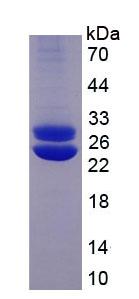IVD of Drug Abuse
🧪 CYP3A4-1158R
Source: Mammalian Cells
Species: Rhesus macaque
Tag: His
Conjugation:
Protein Length:

🧪 PRL-3611R
Source: Mammalian Cells
Species: Rhesus macaque
Tag: His
Conjugation:
Protein Length:

🧪 Crp-231R
Source: Mammalian Cells
Species: Rat
Tag: His
Conjugation:
Protein Length: 20-230 a.a.

🧪 HbA1c-19M
Source: Mouse
Species: Mouse
Tag: Non
Conjugation:
Protein Length:
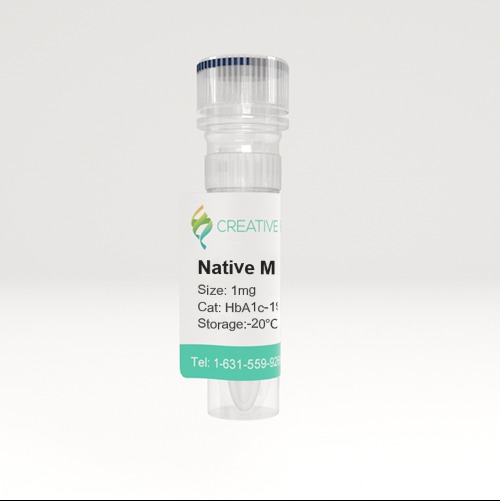
🧪 HbA1c-20R
Source: Rat
Species: Rat
Tag: Non
Conjugation:
Protein Length:
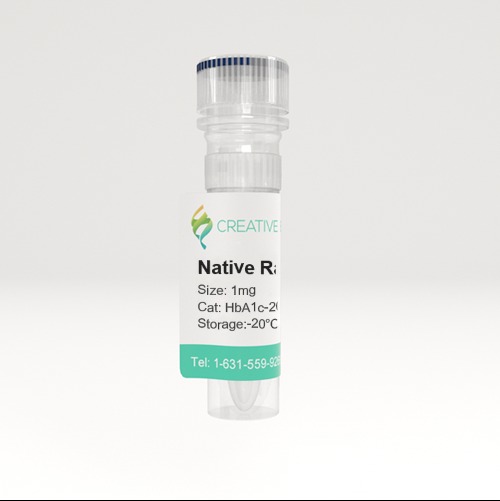
🧪 HbA1c-21R
Source: Rhesus Macaque
Species: Rhesus macaque
Tag: Non
Conjugation:
Protein Length:
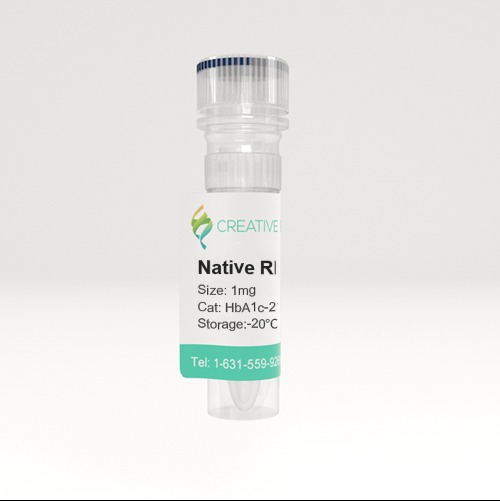
🧪 ALB-37G
Source: Goat
Species: Goat
Tag: Non
Conjugation:
Protein Length:

🧪 ALB-38R
Source: Rhesus Macaque
Species: Rhesus macaque
Tag: Non
Conjugation:
Protein Length:
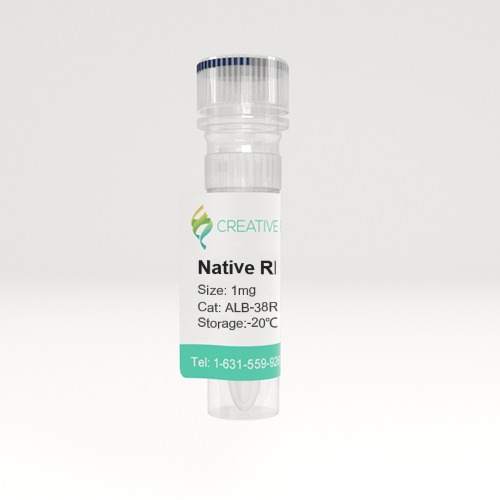
🧪 ABCB1-151H
Source: Insect Cells
Species: Human
Tag: His
Conjugation:
Protein Length: 347-710 a.a.

Drug Abuse
Drug abuse refers to the repeated and large-scale use of drugs with dependence properties in the form of self-administration for non-medical purposes. Long-term drug abuse can produce mental and physical dependence, leading to mental confusion and abnormal behavior. A technology known as in vitro diagnostics (IVD) is an important tool for monitoring drug abuse. By collecting individual biological samples such as urine, blood, and hair, it can be detected whether specific drugs are used, as well as the amount and frequency of use. This information is important for assessing the extent, type, and risk of drug abuse and for tracking and treating drug abusers.

The Role of IVD in Drug Abuse Monitoring
- Determine whether an individual has used drugs by detecting drugs or their metabolites in biological samples.
- Help monitoring agencies better understand the current status and trends of drug abuse.
- Provide support for the development and implementation of drug abuse prevention and treatment policies.
Side Effect
Drug abuse can have a wide range of side effects, which may vary depending on the substance used, the duration of use, and the individual.
Physical Side Effects
- Cardiovascular Issues: High blood pressure, irregular heartbeats, heart attacks.
- Respiratory Problems: Difficulty breathing, lung diseases (especially with drugs that are smoked).
- Neurological Issues: Stroke, seizures, brain damage.
- Gastrointestinal Problems: Nausea, vomiting, liver damage.
- Musculoskeletal Problems: Muscle breakdown, deteriorated bone health.
- Immune System: Lowered immunity, making the individual more susceptible to infections.
Addiction-Related Consequences
- Dependence: Needing more of the drug to achieve the same effect (tolerance), leading to higher usage.
- Withdrawal Symptoms: Physical and psychological symptoms that occur when reducing or stopping the drug.
- Overdose: Risk of life-threatening overdose, especially with substances like opioids.
IVD Methods for Drug Abuse
- Immunoassay. The principle of binding specific antibodies to target drugs is used to detect drugs or their metabolites in biological samples.
- Spectral analysis. The absorption and scattering effects of different substances on the spectrum are used to detect drugs or their metabolites in biological samples.
- Chromatography. The difference in distribution coefficients of different substances between the stationary phase and the mobile phase is used to separate the target drug and its metabolites, and then detect the target drug and its metabolites.
- Mass spectrometry. The target drug is ionized using an ion source, and then the target drug and its metabolites are separated and detected in a mass spectrometer.
- Infrared spectroscopy. Detect drugs or their metabolites in biological samples using infrared spectroscopy.
Antibodies can be used to detect drug residues or to determine whether someone has been exposed to a drug. Currently, a variety of antibodies have been developed for different drugs of abuse, such as antibodies against sedative-hypnotics, opioids, amphetamines, cocaine, etc. Creative BioMart can provide customized IVD antibody services to assist in drug abuse monitoring.
Advantages of Our Services
- Advanced technology platforms improve the efficiency and precision of antibody development to a certain extent.
- Customized services. Provide personalized antibody services according to customer needs, including antigen screening, antibody optimization, drug efficacy evaluation, etc.
- Strict quality control. There is a strict quality control system during the development process to ensure the accuracy and reliability of every link, thereby providing customers with high-quality products.
Case Study
Case 1: Gust SW, McCormally J. National Institute on Drug Abuse International Program: improving opioid use disorder treatment through international research training. Curr Opin Psychiatry. 2018 Jul;31(4):287-293. doi: 10.1097/YCO.0000000000000426. PMID: 29771745; PMCID: PMC6050030.
International research to inform approaches to opioid addiction is particularly important and relevant to the United States, where opioid misuse, addiction, and overdose constitute an emerging public health crisis. This article summarizes the NIDA International Program and illustrates its impact by reviewing recent articles about treatment approaches for opioid use disorders (OUD).
 Fig2. Journals that published at least five articles by former National Institute on Drug Abuse fellows, 2016–2017.
Fig2. Journals that published at least five articles by former National Institute on Drug Abuse fellows, 2016–2017.Case 2: Ciucă Anghel DM, Nițescu GV, Tiron AT, Guțu CM, Baconi DL. Understanding the Mechanisms of Action and Effects of Drugs of Abuse. Molecules. 2023 Jun 24;28(13):4969. doi: 10.3390/molecules28134969. PMID: 37446631; PMCID: PMC10343642.
Drug abuse and addiction are major public health concerns, with millions of people worldwide affected by the negative consequences of drug use. To better understand this complex issue, a review was conducted to examine the mechanisms of action and effects of drugs of abuse, including their acute and chronic effects, the symptoms of abstinence syndrome, as well as their cardiovascular impacts.
 Fig3. Molecular targets and primary outcomes resulting from the effects of substances of abuse on neuronal terminals.
Fig3. Molecular targets and primary outcomes resulting from the effects of substances of abuse on neuronal terminals.






